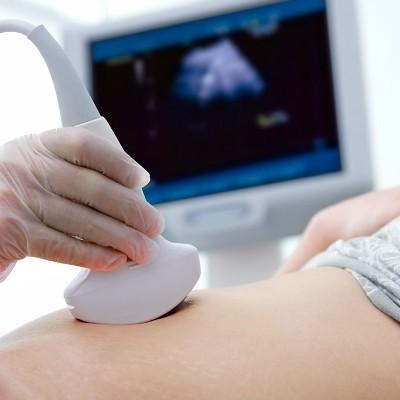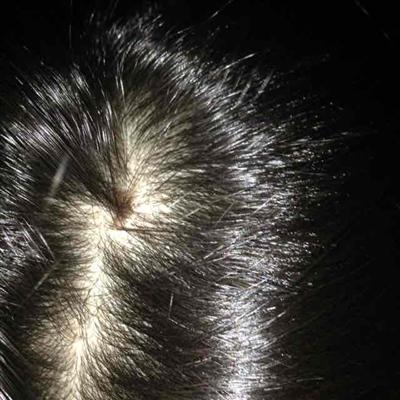Symptoms of mycosis fungoides?
summary
Mycosis fungoides is a malignant tumor of T cell origin. Also known as mycosis fungoides, is a kind of epithelial cutaneous lymphoma. It is characterized by the proliferation of helper T cells, Langerhans cells and interdigital reticular cells are also involved in the lesions. The course of the disease is chronic and progressive. At the initial stage, it is erythema and invasive damage in various forms. Later, it develops into tumor. At the late stage, it may involve lymphoid viscera. Treatment of mycosis fungoides symptoms?
Symptoms of mycosis fungoides?
(1) Erythema stage: the rash is patchy, usually flat surface does not atrophy, but some patients show atrophy. Flat non atrophic plaque often has scales attached, similar to psoriasis or eczema, the latter is round, oval, can also be ring, multi ring or arch. Atrophic plaque surface bright, easy to shrink, normal ridge disappeared, telangiectasia, depigmentation or pigmentation. Clinically. It is angioatrophic skin heterochromatism, large plaque type of parapsoriasis or mottled type of parapsoriasis. Flat non atrophic plaques usually infiltrate after several months and years, and visceral damage may also occur. However, only 12% of patients with flat atrophic plaques develop into invasive MF, and the rest of patients remain unchanged.

(2) Plaque stage: the plaques developed from erythema stage, or occurred on normal skin, showing irregularity, clear boundary and slightly higher, with the color ranging from yellowish red, dark red to purplish red. The edge of the plaque is circular, arched or creeping. When the face is involved, the fold deepens to form the "lion's face". The plaques can fuse with each other to form a wide range, but there are scattered normal skin. If the damage develops further, painful superficial ulcer may occur. Lymphadenectasis often occurs in this stage, without tenderness, solid nature, and can be pushed freely.

(3) Tumor stage: can occur in the original plaque or normal skin. The lesions are brownish red nodules with different sizes and shapes, which tend to break early and form deep oval ulcers. The base of the lesions is covered with necrotic pale white material, and the edge of the ulcers is curly. The ulcers often occur in the trunk, but they can also occur in any part, even the oral cavity and upper respiratory tract. Once the tumor occurs, the patient usually dies within a few years. In addition, erythroderma subtype can be seen in MF, showing systemic exfoliation and skin flushing, sparse hair, nail dystrophy, palmoplantar keratosis, and sometimes systemic pigmentation. Occasionally, follicular mucinosis and hypopigmentation were associated with MF.

matters needing attention
Epidermophilic phenomenon: infiltrating cells in the dermis often invade the epidermis or even the hair follicle epithelium, which is the so-called epidermophilic phenomenon. Mononuclear cells invading the epidermis have halo around them and tend to aggregate to form Pautrier micro abscess. This phenomenon is one of the important basis for the diagnosis of this disease. This phenomenon is different from that of eczema and dermatitis. The latter is often accompanied by spongy edema. Most of the cells are mixed with neutrophils and lymphocytes, while MF has no obvious edema and all of them are mononuclear cells.















